What Is a Plain Bearing?
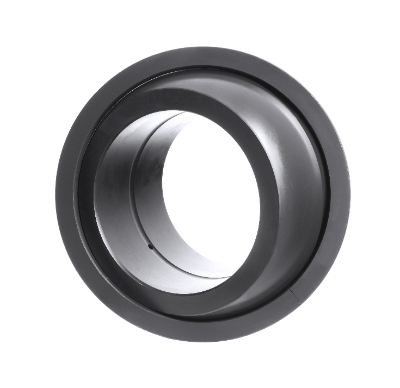 Plain bearings are bearings that directly support the rotation of a shaft or the linear motion of moving parts by the sliding surfaces of the bearing. Since the rotating shaft or moving parts are in direct contact with the sliding surfaces of plain bearings, frictional forces are high and frictional heat is generated. For this reason, the contact surfaces are lubricated with oil by impregnating metal with a lubricant on the plain bearing sliding surfaces, or with a resin material with high lubricating properties.
Plain bearings are bearings that directly support the rotation of a shaft or the linear motion of moving parts by the sliding surfaces of the bearing. Since the rotating shaft or moving parts are in direct contact with the sliding surfaces of plain bearings, frictional forces are high and frictional heat is generated. For this reason, the contact surfaces are lubricated with oil by impregnating metal with a lubricant on the plain bearing sliding surfaces, or with a resin material with high lubricating properties.
Plain bearings that do not use lubricant are called dry bearings. Plain bearings are inexpensive, easy to use, and flexible in terms of material and size, and they are used for different purposes and in different operating environments.
Plain bearings are classified into the following three types:
- Plain Bearing
- Sliding Bearing
- Slide Bearing
Uses of Plain Bearings
Plain bearings have the following characteristics (especially when compared to rolling bearings):
-
- Simple structure and shape
- Compact in size
- High-speed performance (high-speed rotation)
- Not suitable for low speed performance (Low-speed rotation)
- Relatively large allowable load
- Quiet noise and low vibration
Types of Plain Bearings
Plain bearings used in general industrial applications are classified according to “load type,” “material,” and “shape/structure.”
ISO 4378-1 classifies them as follows:
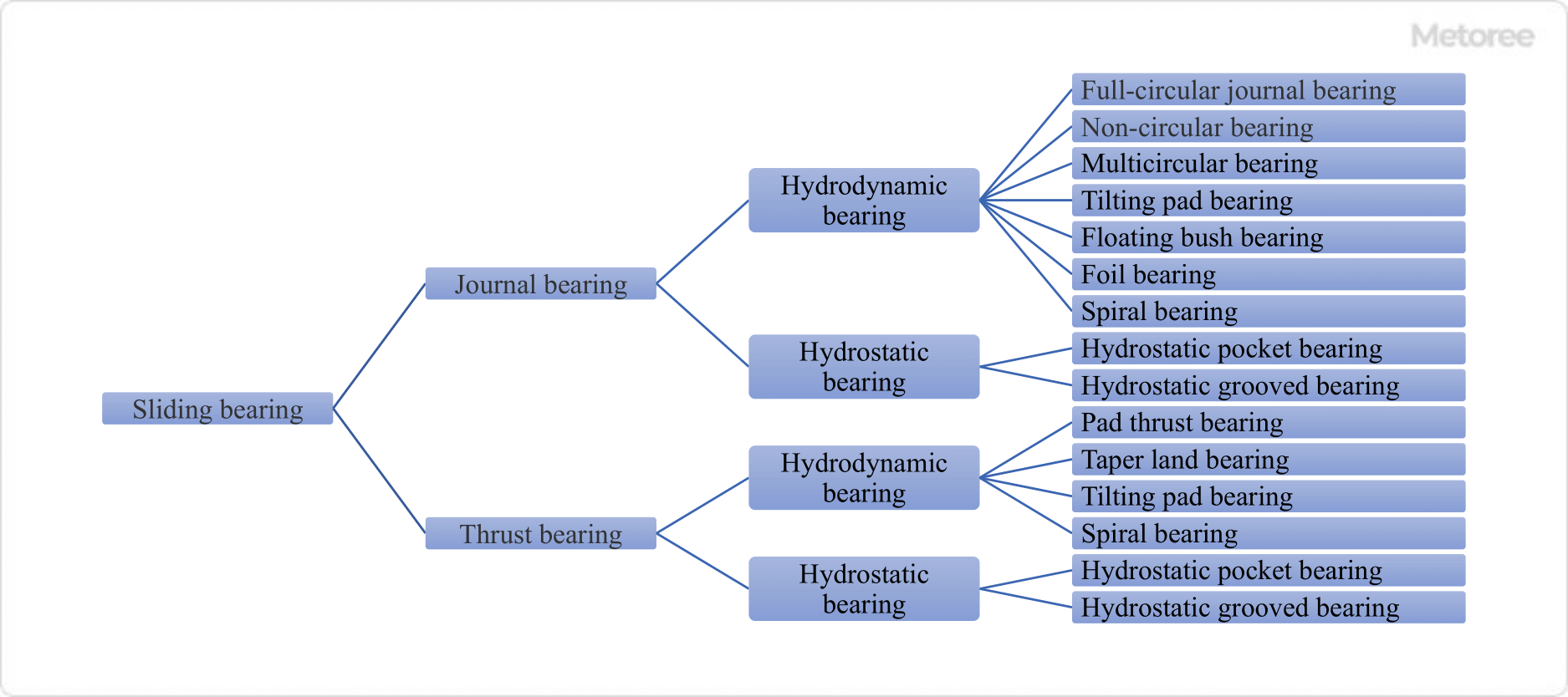
Figure. 1 Classification of plain bearings (types)(From ISO 4378-1)
1. Load Type
Load types are divided into four types, namely: hydrodynamic bearings, hydrostatic bearings, journal bearings, and thrust bearings.
Dynamic and Hydrostatic Bearings
In hydrodynamic bearing, the dynamic pressure generated by the rotation of the shaft forms an oil film between the shaft and the plain bearing surface to support the shaft. There are several ways to generate hydrodynamic pressure, such as wedging the gap or applying sliding surface construction to the sliding surfaces. In general, plain bearing passive is often used to indicate a hydrodynamic bearing.
Hydrostatic bearings support a shaft by supplying oil (lubricating oil) or compressed air to the bearing from equipment or facilities outside the bearing and filling the pocket between the shaft and bearing.
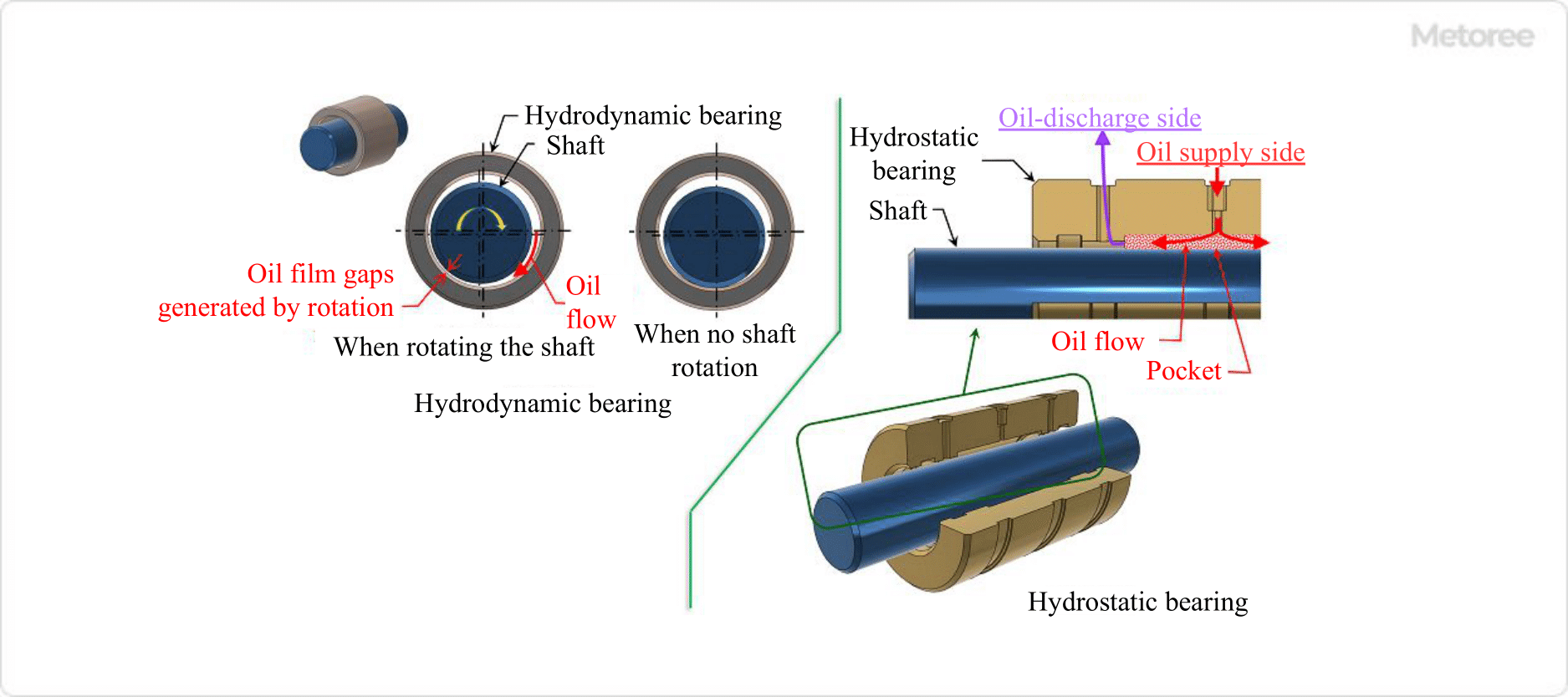
Figure 2. Hydrodynamic and hydrostatic bearings
Journal Bearings and Thrust Bearings
Journal bearings are used when loads are applied in the centerline direction (radial direction) of the shaft. Thrust bearings are used when the load is applied to the bearing in the direction perpendicular to the shaft centerline (thrust direction).
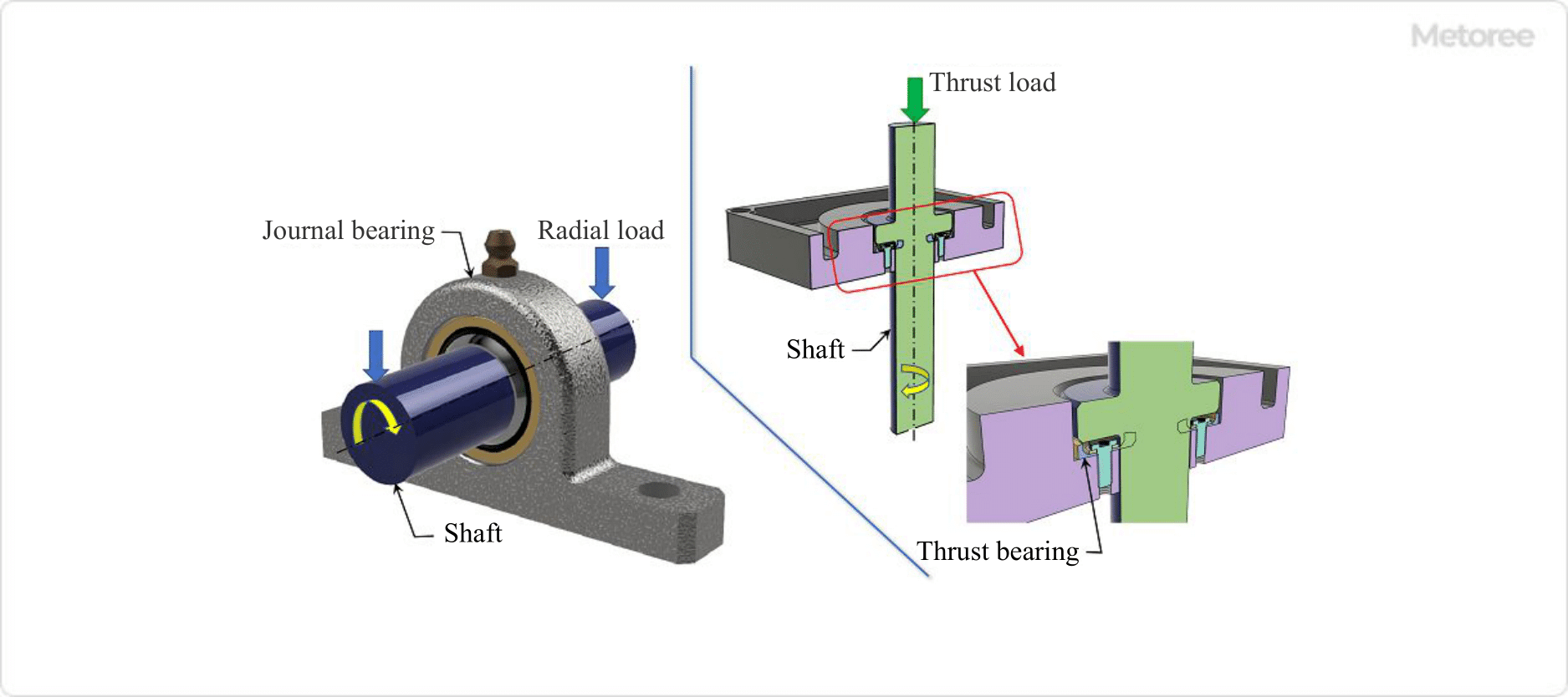
Figure 3. Journal and thrust bearings
2. Material
There are two types of materials: resinous and metallic.
Resin Type
The following are examples of resin-based materials:
Plain The following are examples of metallic materials:Bearings are lubricated with oil or graphite to improve lubricity and are used without lubrication in most cases. They may also be used in combination with metals to improve mechanical strength.
Metallic Materials
Examples of metallic materials are listed below.
White metals, copper alloys, and aluminum alloys are the most common metallic materials used with lubricants. White metals are often used for static loads and ship engines, while copper-based alloys are often used for bushings due to their superior wear resistance.
Aluminum alloys, on the other hand, are used in a wide range of applications, including engine applications and bushings. Oilless Plain Bearings are lubricated by adding lubricant, coating the surface, or embedding a solid lubricant material. Oilless Plain Bearings are called Oilless Bearings.
Shape and Structure
Types by shape and structure are divided into cylindrical, cylindrical with flange, disk (thrust bearing), and spherical (spherical thrust bearing).

Figure 4. Types of sliding bearings (1)
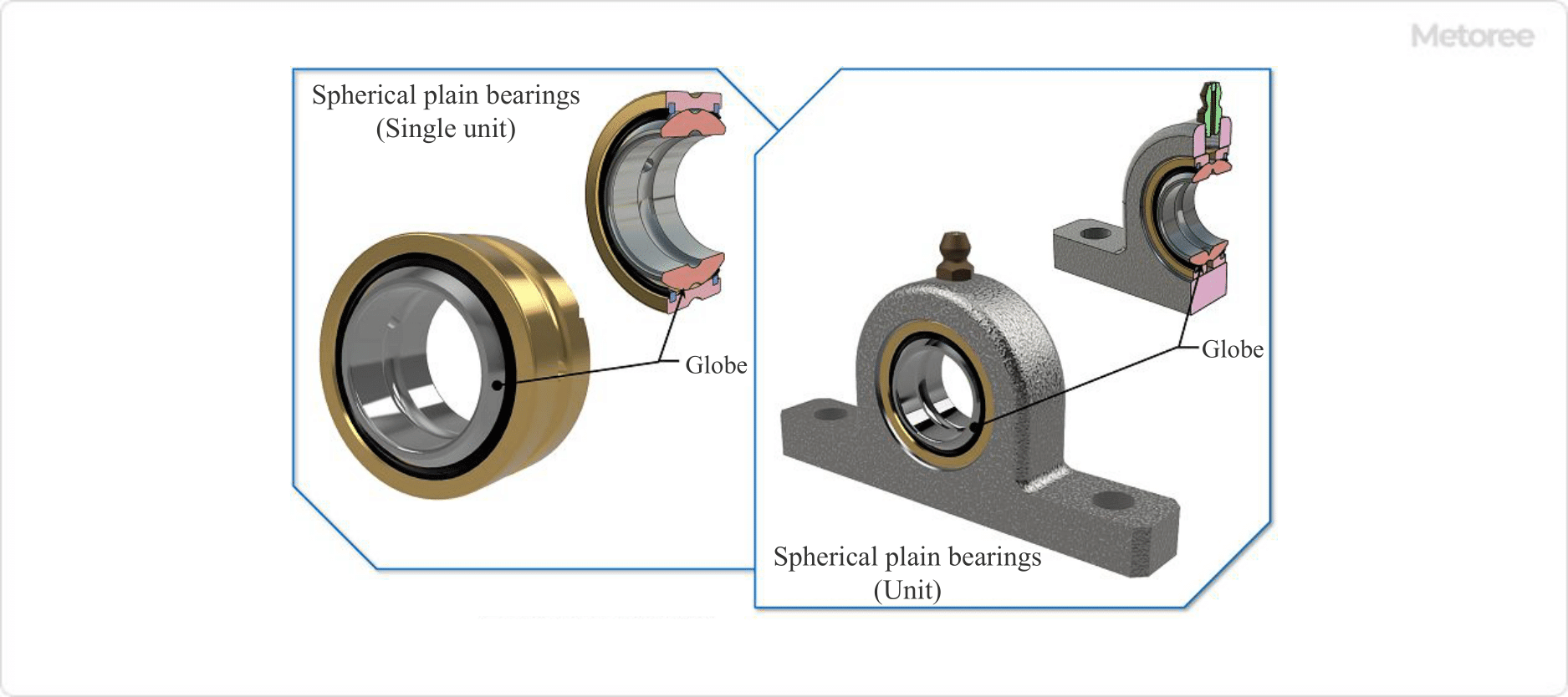
Figure 5. Types of sliding bearings (2)
Principle of Plain Bearings
Plain bearings are supported by the sliding surfaces of the rotating shaft or moving parts and the sliding surfaces of the Plain Bearing making contact with each other. Therefore, it is important to deal with the friction that occurs between the surfaces (sliding surfaces).
In general, plain bearings, lubricating oil, lubricant, or air is used on the sliding surfaces to reduce frictional resistance. As such, the state of lubrication of the sliding surfaces is very important.
The lubrication condition is classified into the following three types:
1. Boundary Lubrication
The sliding surfaces are almost solidly lubricated due to high friction without sufficient lubrication film formation, which may lead to seizure and sticking.
2. Mixed Lubrication
Sliding surfaces have almost the same surface roughness and lubricating film thickness, and are mixtures of fluid and solid contact, which is not completely satisfactory.
3. Fluid Lubrication
Sliding surfaces are well lubricated with sufficient lubricating film and are not in direct contact with each other, with no mutual wear.
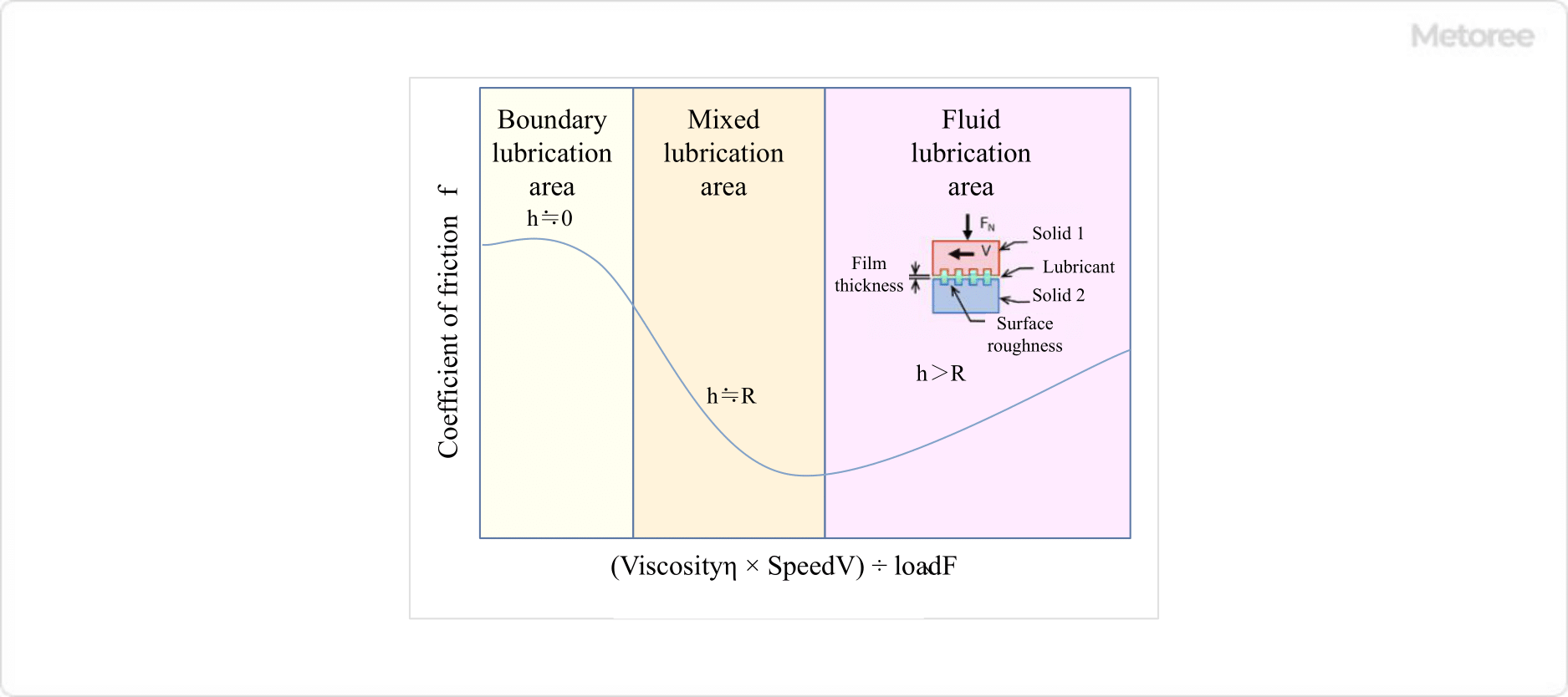
Figure 6. Trispec curve
Plain bearings can be lubricated by “forced lubrication,” “oil bath,” “splash lubrication,” or “drop lubrication,” depending on the operating conditions of the bearing. Forced lubrication is a method in which lubricating oil is pumped to the bearing lubrication area to ensure that a constant amount of lubricating oil is supplied. Oil bath and splash lubrication do not require lubrication equipment, and can be made into a simple structure. Drip lubrication is not suitable for high-load operation because the amount of lubricating oil is small.
For forced lubrication, there are two methods: lubricating the housing side and lubricating the shaft side. It is also possible to improve the cooling effect by installing oil grooves on the housing and shaft. However, the lubricating film may become discontinuous, resulting in a reduction in bearing load capacity. Hence, care must be taken in the design of the oil groove.
In environments where lubricating oil cannot be used (e.g., at high temperatures), solid lubricants may be used. Solid lubricants include graphite and PTFE. Plain Bearings can have a long service life if the hydraulic pressure, oil film, etc. are accurately controlled.
Other Information on Plain Bearings
Plain Bearing Standards
Below are the ISO standards for plain bearings:
The specifications of rolling bearings are specified by standards, so that all manufacturers have the same specifications for fitting tolerances, manufacturing tolerances, clearance tolerances, and so on, depending on the bearing type. Therefore, they are interchangeable and can be used as general-purpose parts.
Plain bearings, on the other hand, do not have a common international standard. Therefore, they are not interchangeable and cannot be used as general-purpose parts. Therefore, it is necessary to make a decision based on the application, operating environment, and design specifications.
 An IGBT module is a highly integrated module that combines multiple
An IGBT module is a highly integrated module that combines multiple 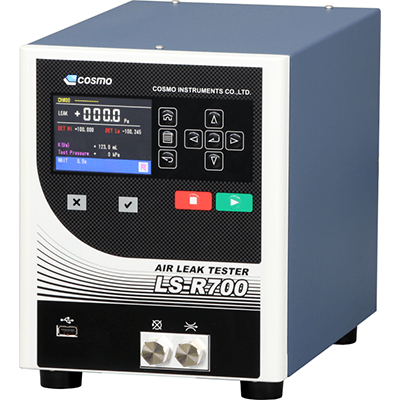 An air leak tester is a device to detect air leaks from inside an object.
An air leak tester is a device to detect air leaks from inside an object.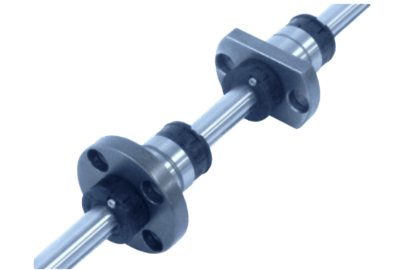
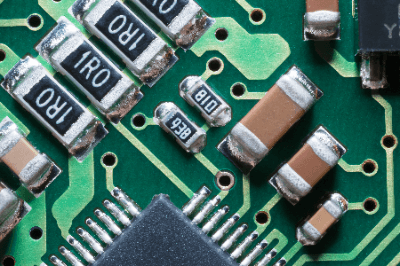 Chip resistors, also called surface mount resistors, are rectangular resistors with a metal film as a resistive element on a small
Chip resistors, also called surface mount resistors, are rectangular resistors with a metal film as a resistive element on a small  Plain bearings are
Plain bearings are 





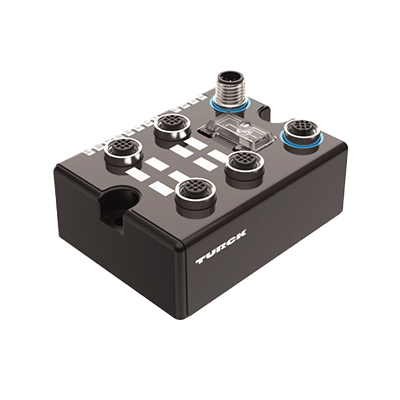 Fieldbus Components are a bus system that connects field devices, such as sensors and
Fieldbus Components are a bus system that connects field devices, such as sensors and 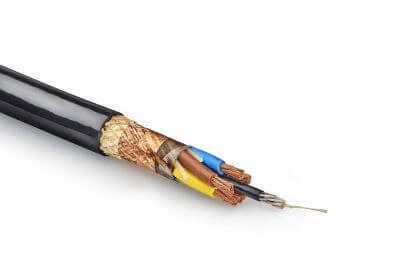 A shielded cable is a cable in which the metal conductor portion that transmits signals and power is covered with a grounded metal layer.
A shielded cable is a cable in which the metal conductor portion that transmits signals and power is covered with a grounded metal layer.